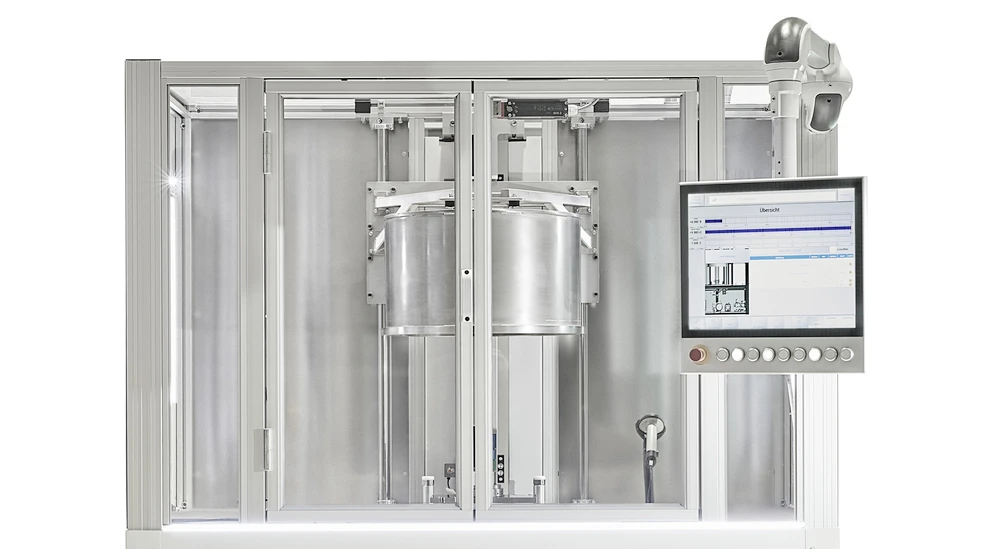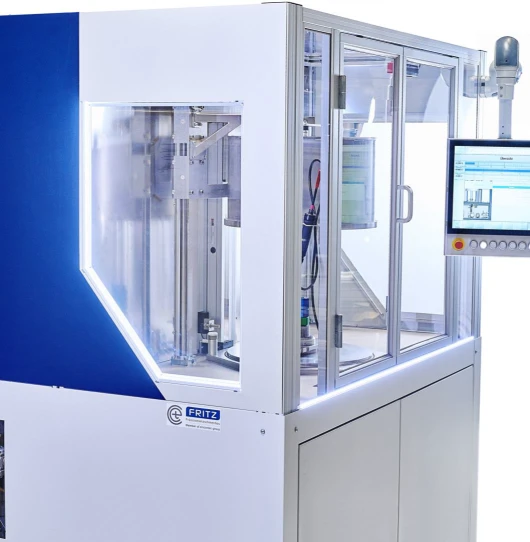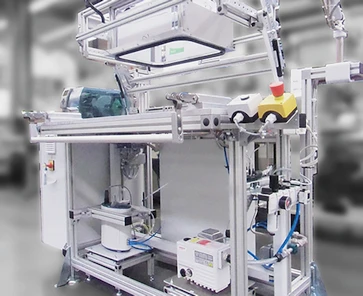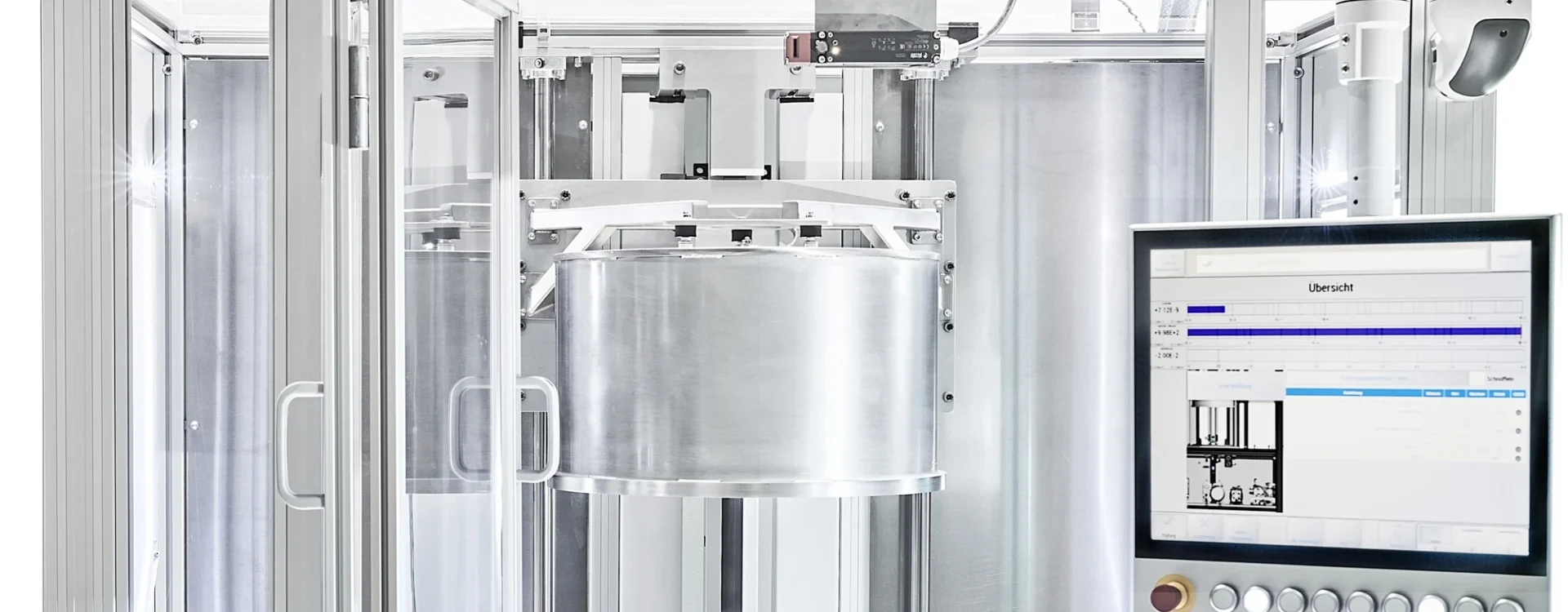LEAK TESTING SYSTEMS WITH PURGE GAS HELIUM
Leak testing systems with the tracer gas helium? The helium leak test is based on the detection of the test medium helium. The helium partial pressure is converted into a leak rate in the mass spectrometer. Depending on the test method, leak rates of less than 10-6 mbar l/s (less than 0.01 µm) can be measured.
SERVICES AT A GLANCE
- Leak testing systems with integral He leak tests in vacuum chamber
- Leak test systems with He accumulation measurement in recirculated air
- Leak testing systems with localization via He sniffer probe
- Testing, preliminary trials and validation in the early phase
- On request: specifications, engineering and consulting
- Commissioning and training on site
- Support, maintenance, services, documentation, certifications & more

Integral He leak test in a vacuum chamber
A very precise integral measuring method. Sum measurement, in parallel over several test specimens, quite possible. Leakages up to <1x10-8 mbarl/s can still be measured (depending on the application).
He Accumulation measurement in circulating air (without vacuum)
No vacuum chamber required, integral measuring method, the measuring time depends on the test volume, measuring accuracy is limited due to the helium content in the air (5.24 ppm), but is still approx. 1x10-4 mbarl/s.
Localization with He sniffer probe (without vacuum)
Leaks can be detected and localized on a body filled with helium. However, it is not possible to determine the exact size of leaks.
Example reference: He in vacuum leak test
Integral leak test He in a vacuum
- Manual loading system with 1 test chamber
- Testing of different test specimens with different connections and sizes
- Sniffer mode
- Limit leakage rate: 1x10-6 mbar*l/s
- Test medium: 100 % He
- Test pressure: 10 bar

Example reference: Leak test with accumulation method
Helium accumulation process
- Manual loading and unloading of test specimens
- Testing of various test specimens, such as housings, valves
- Limit leakage rate: 1x10-4 mbar*l/s
- Test medium: 100 % He
- Test pressure: 0.1 - 5 bar

